'A phenomenon that has shaped Britain’s landscapes and wildlife for millennia': A five minute guide to mast years
The ground is already littered with acorns and beech nuts, notes Florence Allen, thanks to a phenomenon called mast years, or mast seeding.
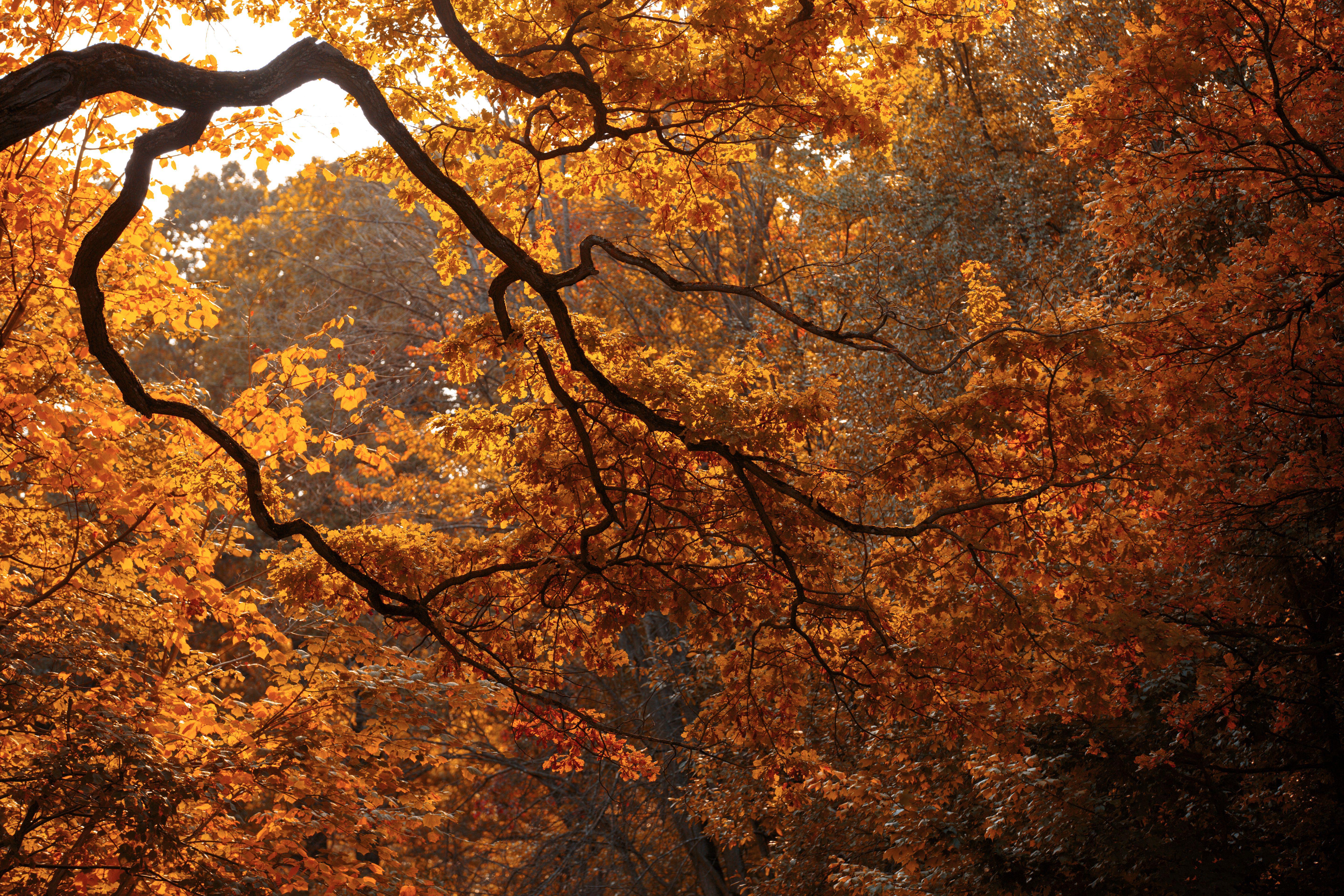

Mast year are one of nature’s cleverest survival strategies, turning quiet woodlands into unexpected treasure troves.
If you’ve recently noticed the ground carpeted with acorns or beech nuts then you’ve witnessed a phenomenon that has shaped Britain’s landscapes and wildlife for millennia. But what exactly is a mast year, why do they happen, and why is 2025 set to be especially abundant?
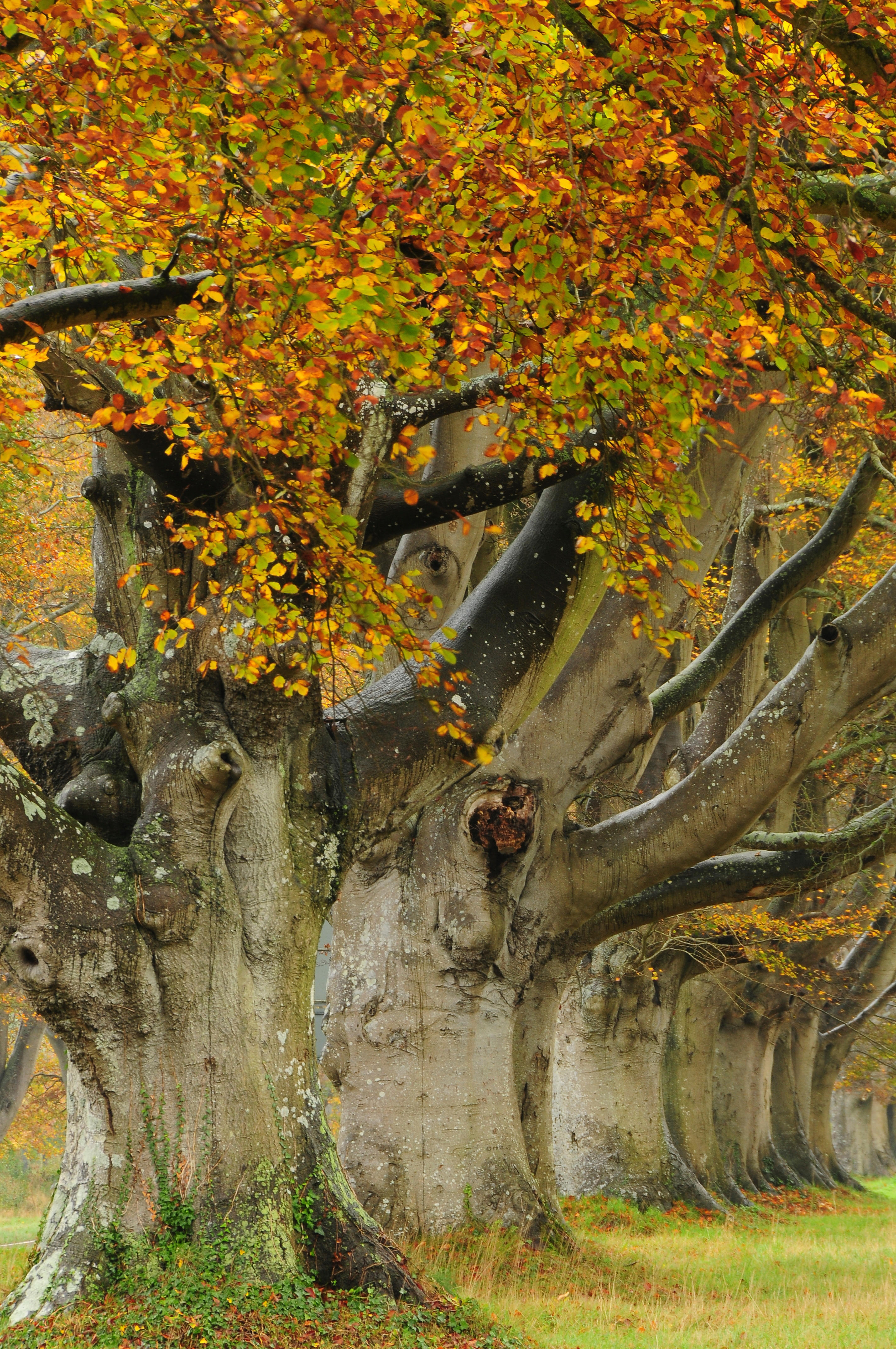
The majestic beech is known as the queen of British trees and home to rare wildlife.
Every so often, trees seemingly go into overdrive, producing far more nuts and seeds than usual. These bumper harvests, known as mast years, are not random quirks, but carefully evolved strategies to ensure the survival of the next generation of trees.
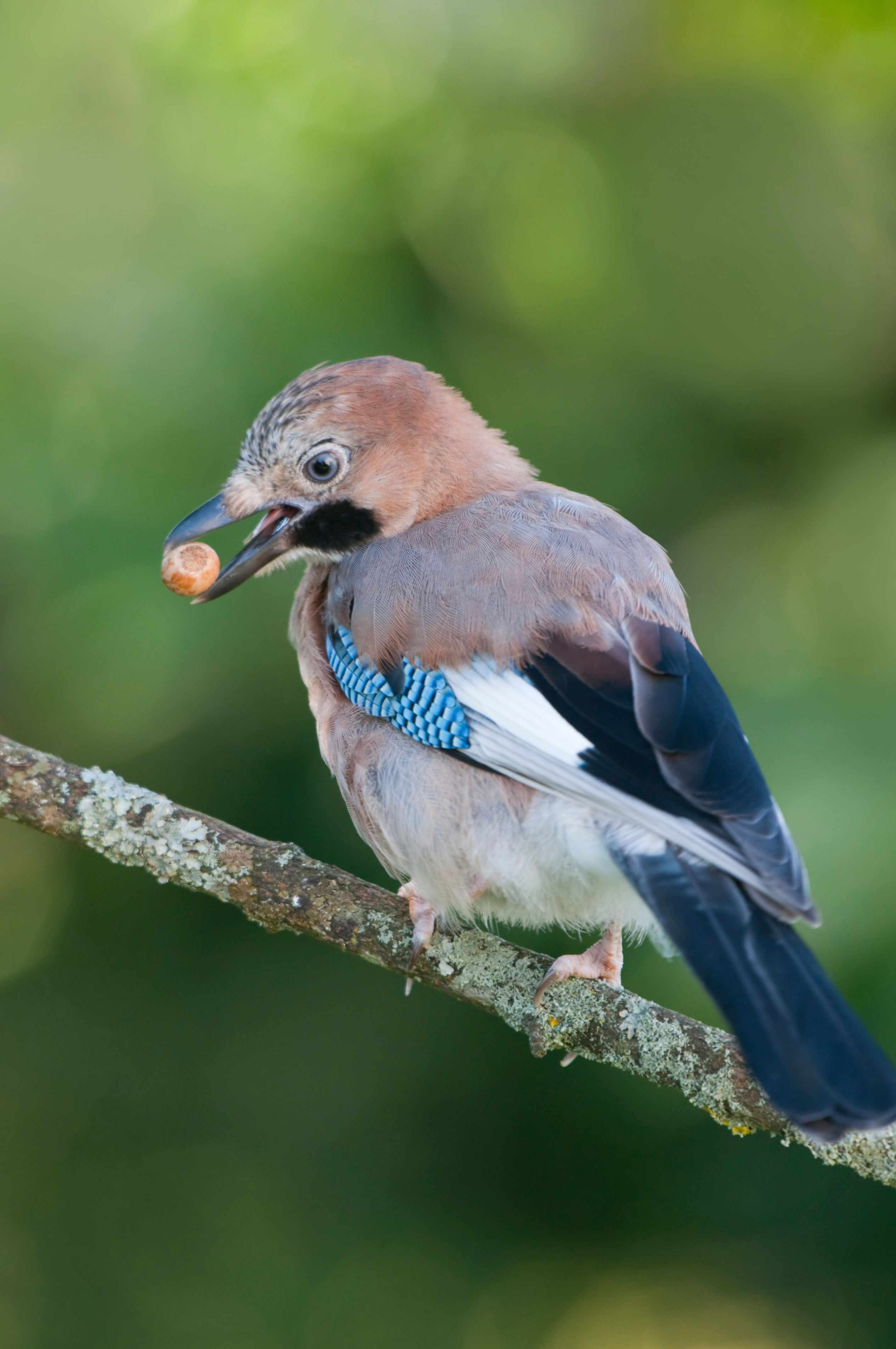
Studies show that jays can plant 1,000 oak trees every year.
Every species of tree and shrub has its own way of reproducing, but oak and beech are among the most striking examples. Every few years — the last one of note was in 2020 — they produce a superabundance of nuts — collectively called mast. When they drop, it's all rather dramatic: woodland floors covered with acorns or beech nuts, a spectacular and irregular display that adds to autumn’s pageantry.
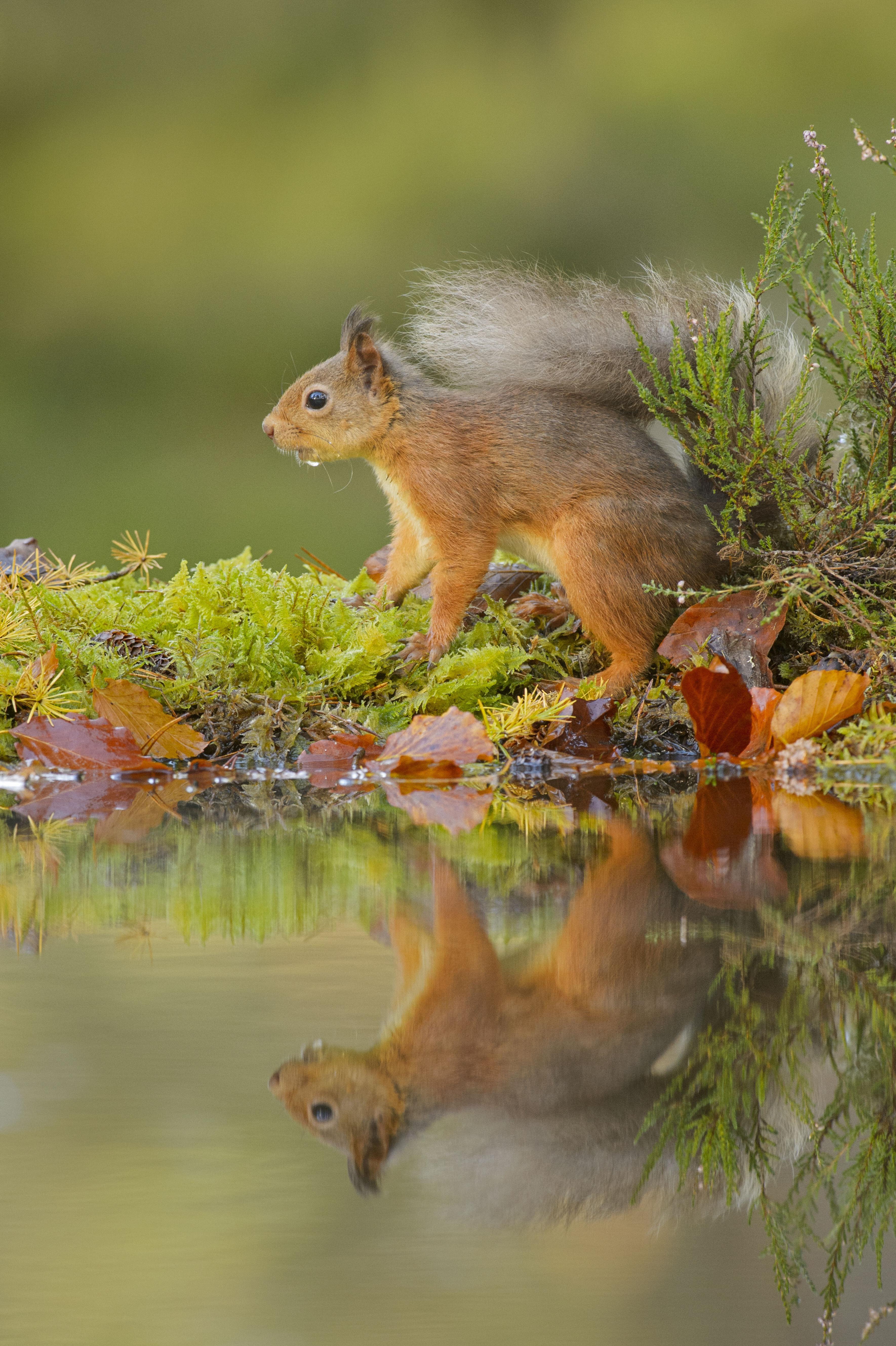
So, why does it happen? One leading theory is predator satiation. By holding back in lean years, trees naturally regulate the numbers of animals that feed on their seeds, such as squirrels, jays and mice. Then, in a mast year, they produce more than predators could possibly eat — guaranteeing that some seeds are left untouched to germinate into the next generation of woodland.
Such bounty, of course, comes at a price because producing such a yield is exhausting, diverting energy away from growth. That is why mast years tend to appear only once every five-to-ten years. The short-term setback is outweighed by the long-term advantage of ensuring seedlings survive to maturity.
‘Trees have evolved this strategy to outsmart hungry animals, ensuring some seeds are left to grow. Remarkably, they don’t do this alone: underground fungal networks help entire woodlands coordinate their mast years in unison,' says Graham Makepeace-Warne, the CEO of Manx Wildlife.
For wildlife, mast years are a banquet: small mammals thrive, while birds and deer also benefit from the glut. For trees, it is a vital means of survival, a cycle honed by evolution over centuries. And for us, mast years are a reminder of the intricate rhythms of the natural world — one of autumn’s most fascinating spectacles, hiding in plain sight on the woodland floor.
Florence is Country Life’s Social Media Editor. Before joining the team in 2025, she led campaigns and created content across a number of industries, working with everyone from musicians and makers to commercial property firms. She studied History of Art at the University of Leeds and is a dachshund devotee and die-hard Dolly Parton fan — bring her up at your own risk unless you’ve got 15 minutes to spare.
-
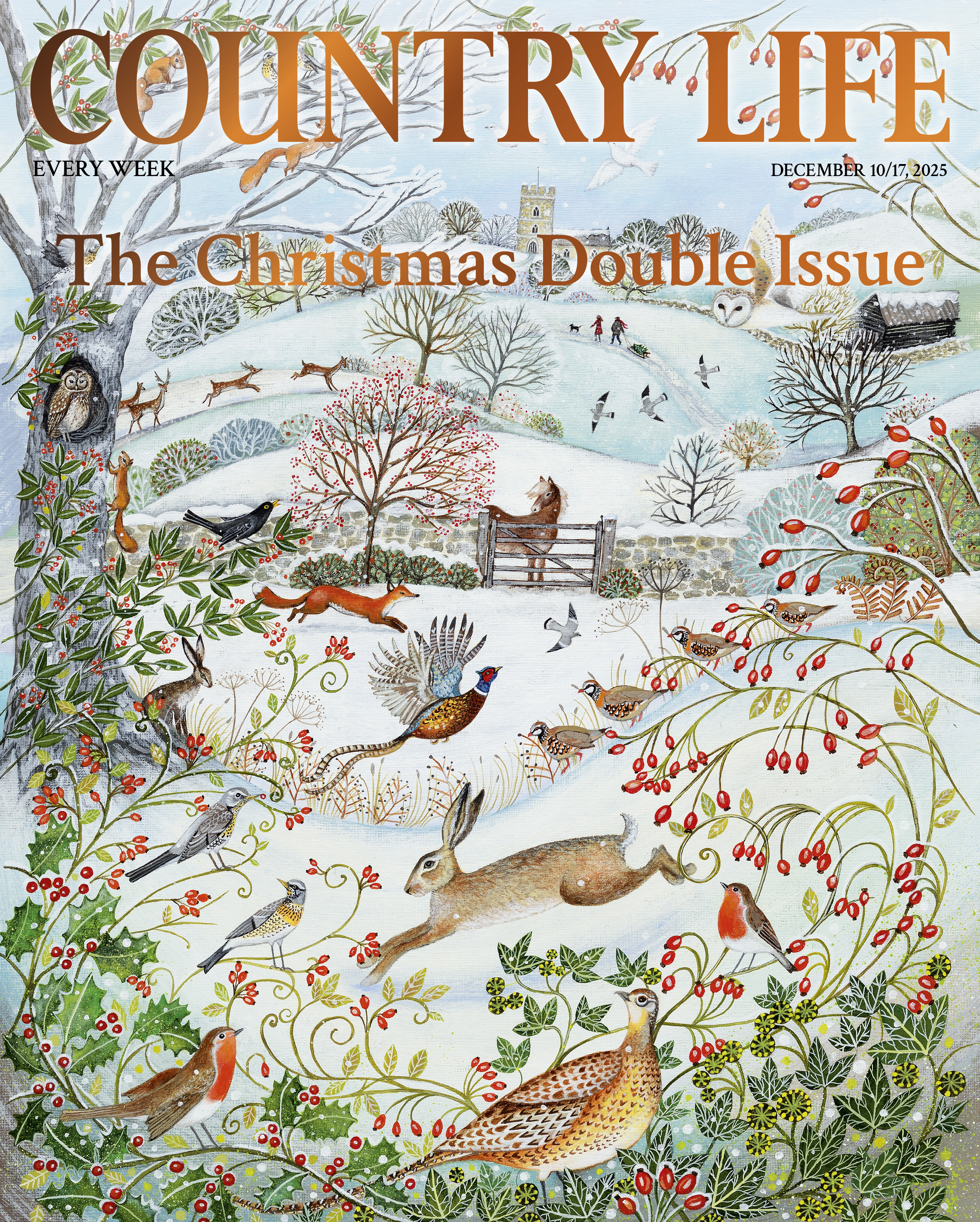 Country Life December 10, 2025
Country Life December 10, 2025Country Life December 10, 2025 is our much loved Christmas Double issue, with 254 pages of seasonal joy.
-
 ‘You get to a point where you do not fancy sleeping alone and dogs have far better manners than men’: Do dogs belong on our beds?
‘You get to a point where you do not fancy sleeping alone and dogs have far better manners than men’: Do dogs belong on our beds?Records of dogs sleeping beside humans stretch back centuries — from Mary, Queen of Scots and Queen Victoria to today’s whippets, teckels and labradors — yet the debate over whether they belong in our beds remains as lively as ever.
-
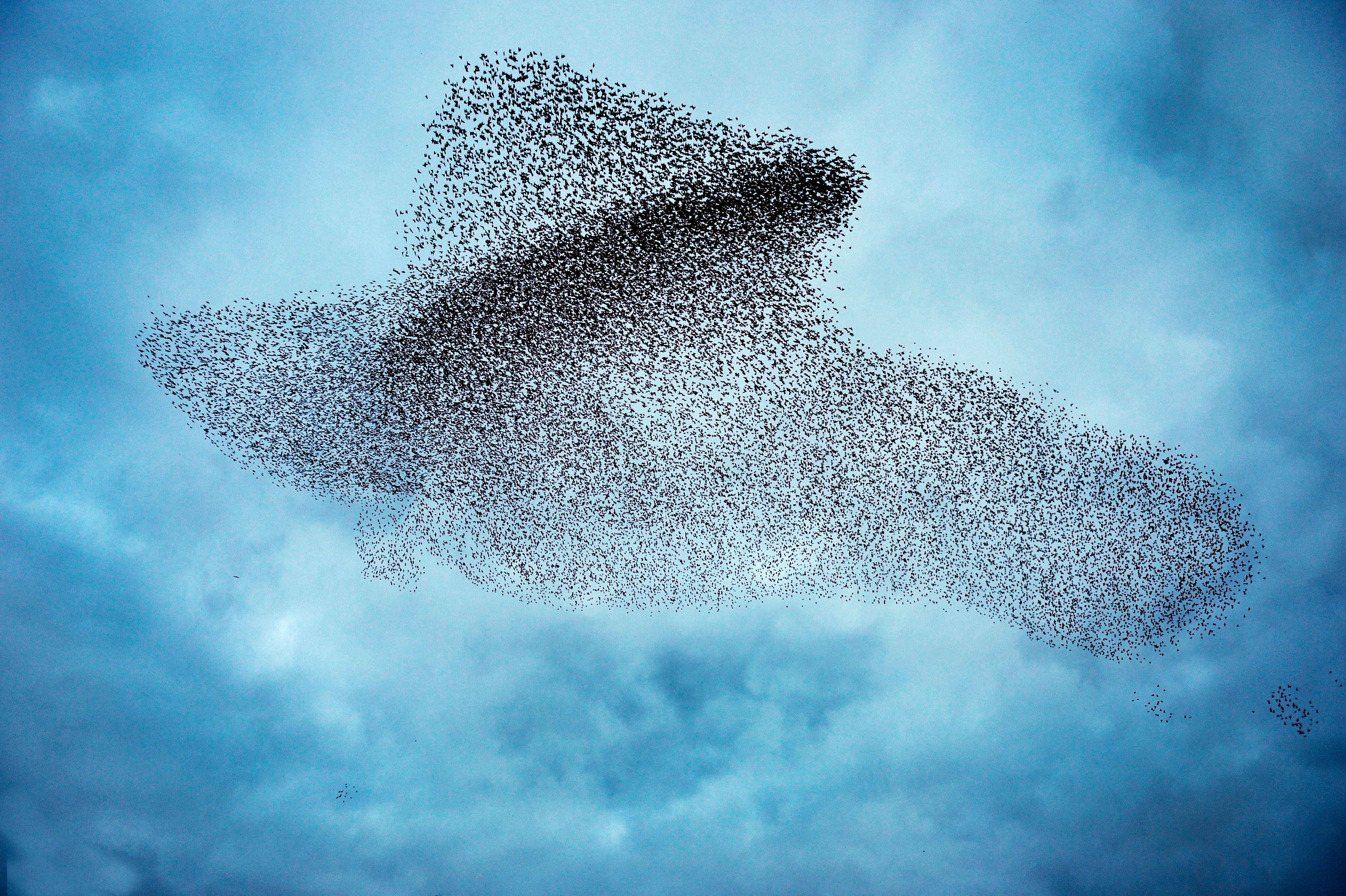 Is December the best month for bird watching? Exploring the underrated avian delights of a British winter
Is December the best month for bird watching? Exploring the underrated avian delights of a British winterAs starlings, woodcock and all manner of birds on the wing make their way south, Britain becomes something of a bird-watching heaven.
-
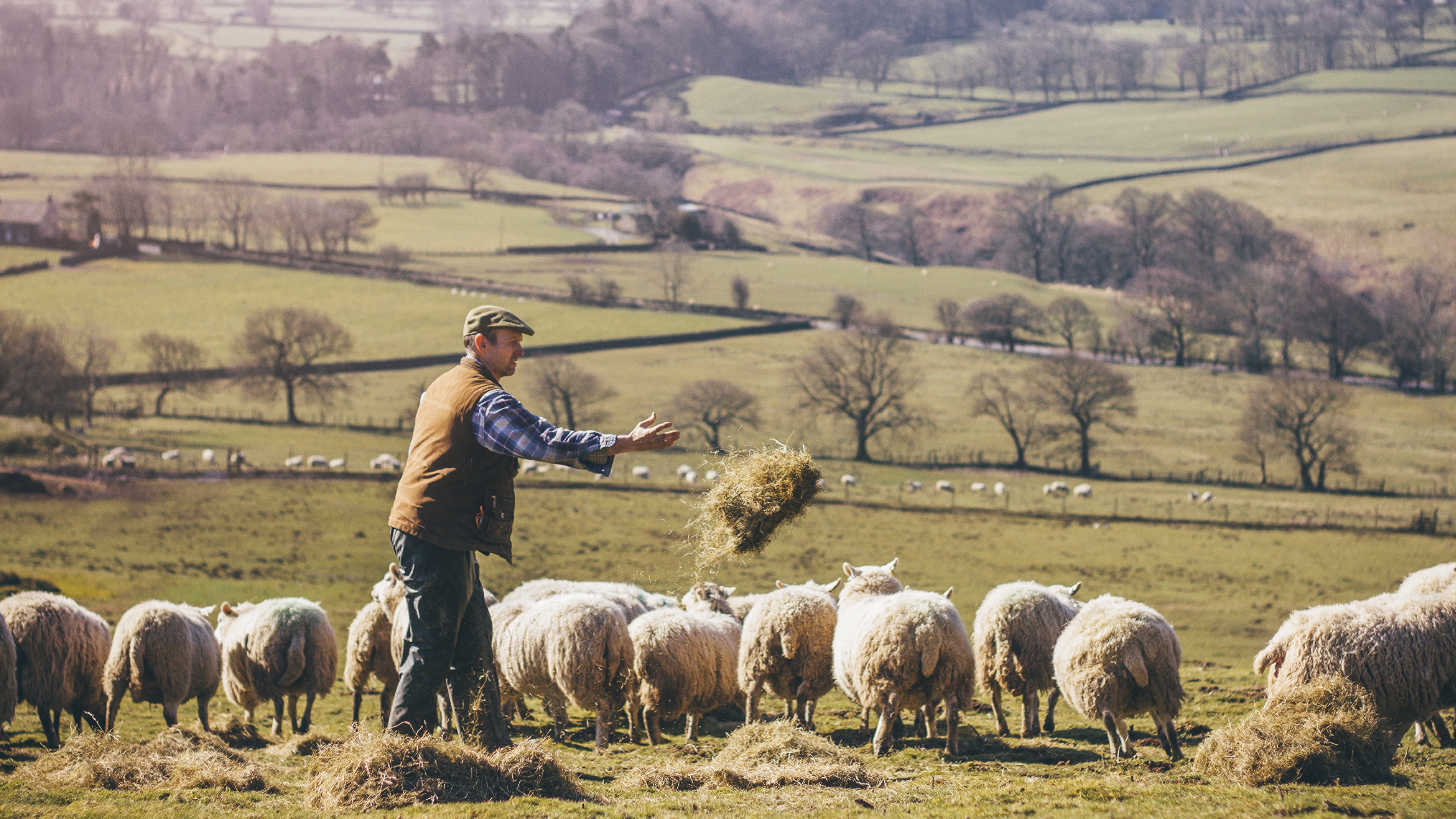 I was Jeremy Hunt’s main political adviser and helped put together multiple Autumn Statements and Budgets. This is what I think Rachel Reeves’s Budget means for the countryside
I was Jeremy Hunt’s main political adviser and helped put together multiple Autumn Statements and Budgets. This is what I think Rachel Reeves’s Budget means for the countrysideAdam Smith, former chief of staff to the Chancellor of the Exchequer, reflects on what last week's Budget means for the countryside and how we ensure the rural voice is heard loudly inside Budget preparations.
-
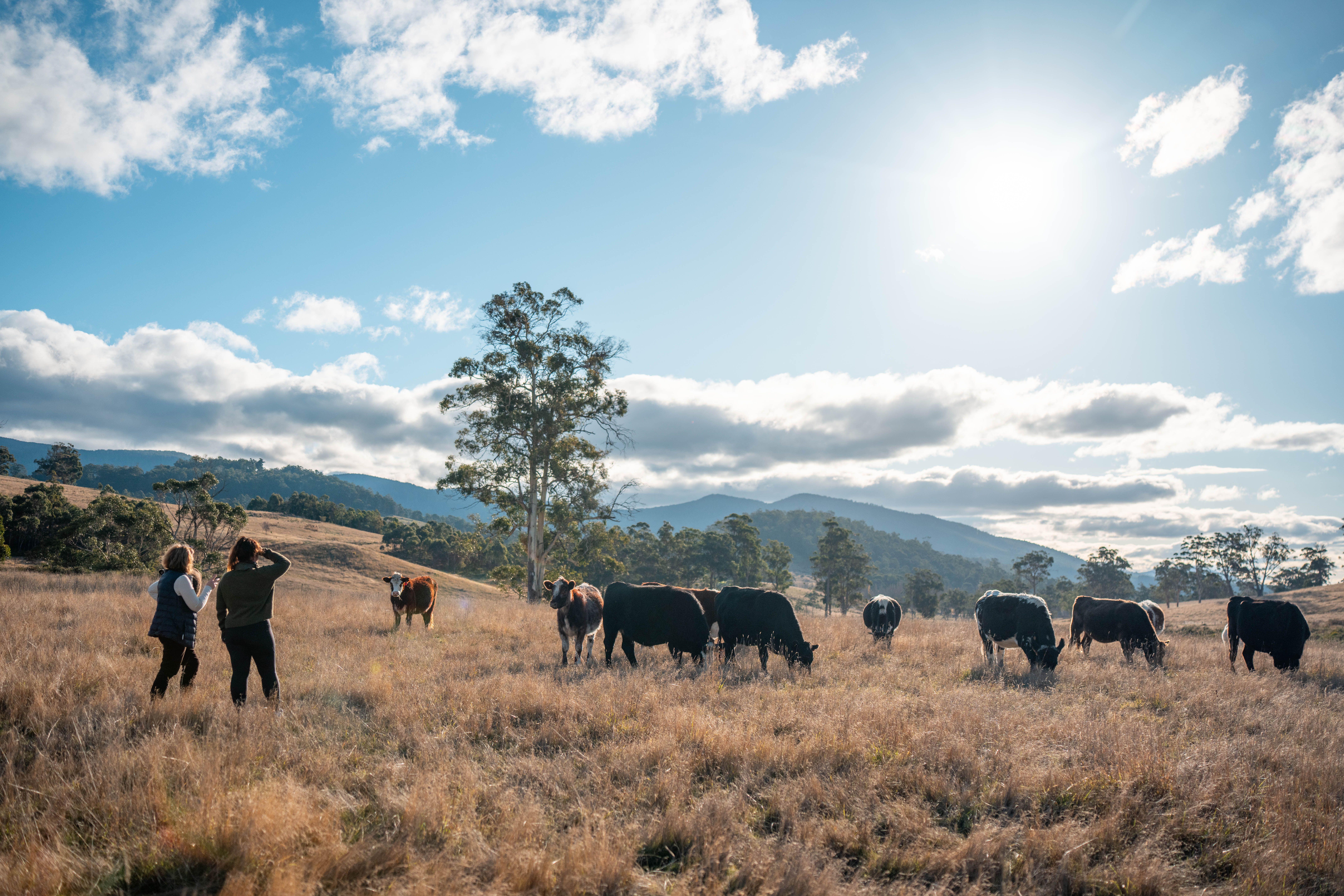 The Budget: What do we need to fix a broken countryside, and what will we get?
The Budget: What do we need to fix a broken countryside, and what will we get?With the Autumn Budget looming, countryside and heritage organisations reveal what they are hoping to hear to fix the turmoil — and what they are dreading
-
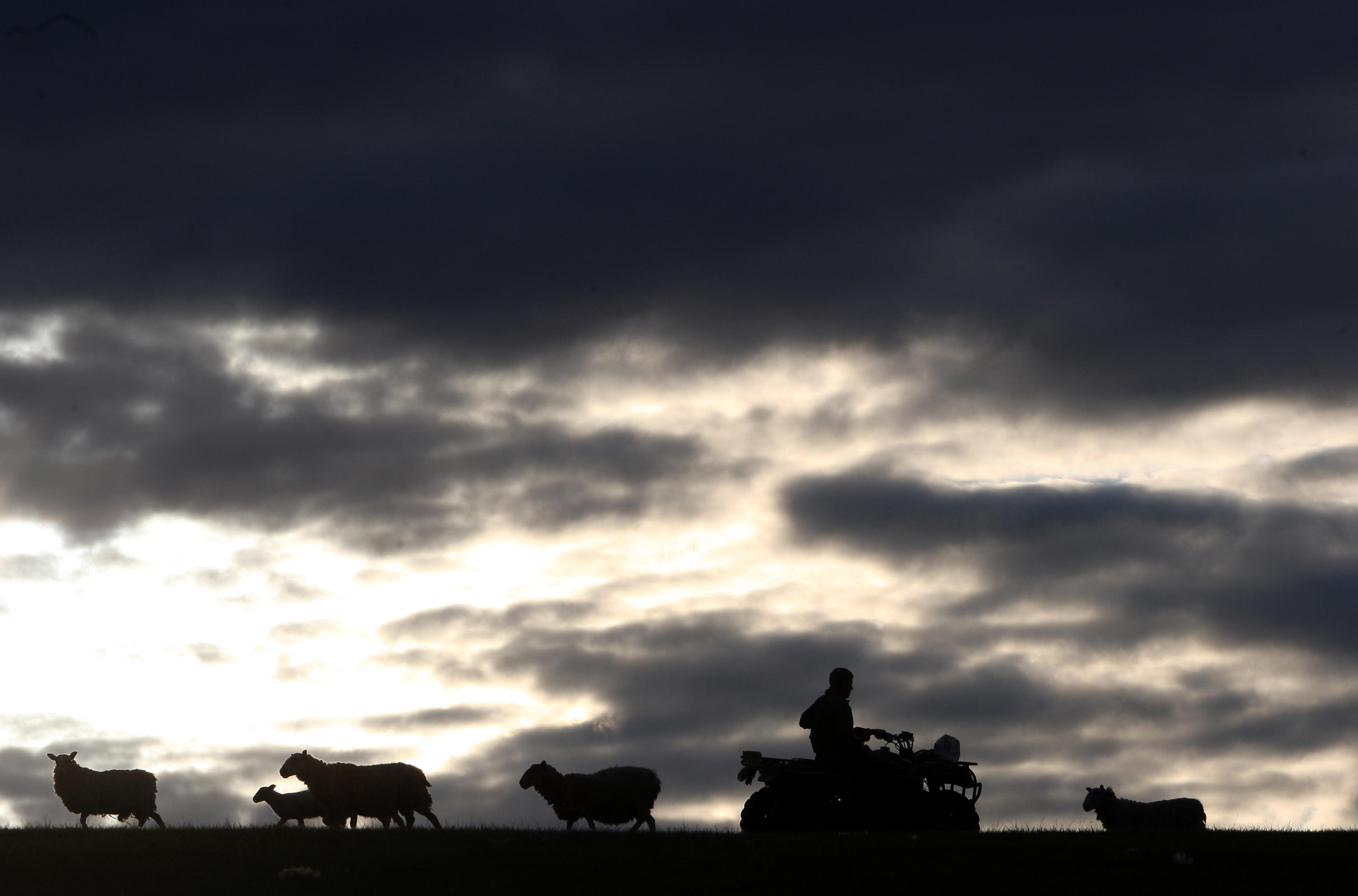 'I’m going to be the first in more than 100 years to sell anything off': How the upcoming budget uncertainty is impacting young farmers
'I’m going to be the first in more than 100 years to sell anything off': How the upcoming budget uncertainty is impacting young farmersChanges to inheritance tax, property relief and Defra budgets will likely change Britian's rural landscape. We ask the next generation of farmers what they think their future will look like.
-
 An unfenced existence: Philip Larkin's love of the countryside
An unfenced existence: Philip Larkin's love of the countrysideRichard Barnett pokes at Larkin’s protective carapace of soot-stained gloom and finds a writer with an unillusioned yet tenderly perceptive sense of Nature, in all its beauty and indifference
-
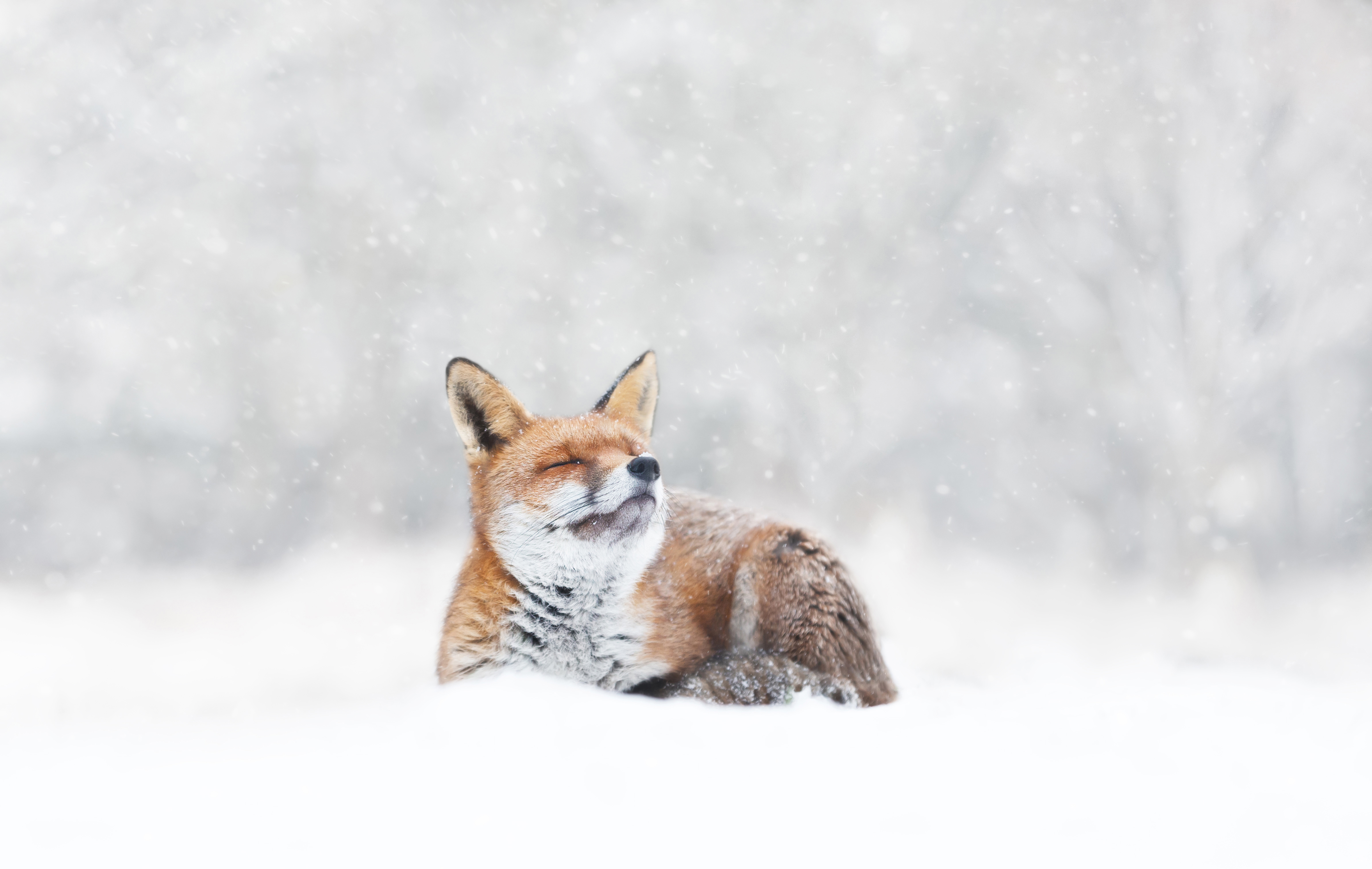 Baby, it’s cold outside (even if you have a natural fur coat): How our animals brave the winter chill
Baby, it’s cold outside (even if you have a natural fur coat): How our animals brave the winter chillWhen the temperature drops, how do Britain’s birds, beasts and plants keep the cold at bay? John Lewis-Stempel reveals Nature’s own thermals.
-
 Retro rubbish: Waste from the 90s unearthed in 97-mile-long beach clean
Retro rubbish: Waste from the 90s unearthed in 97-mile-long beach cleanThe 6,482 volunteers unearthed waste discarded decades ago among the 232,229 pieces of litter recorded during the initiative.
-
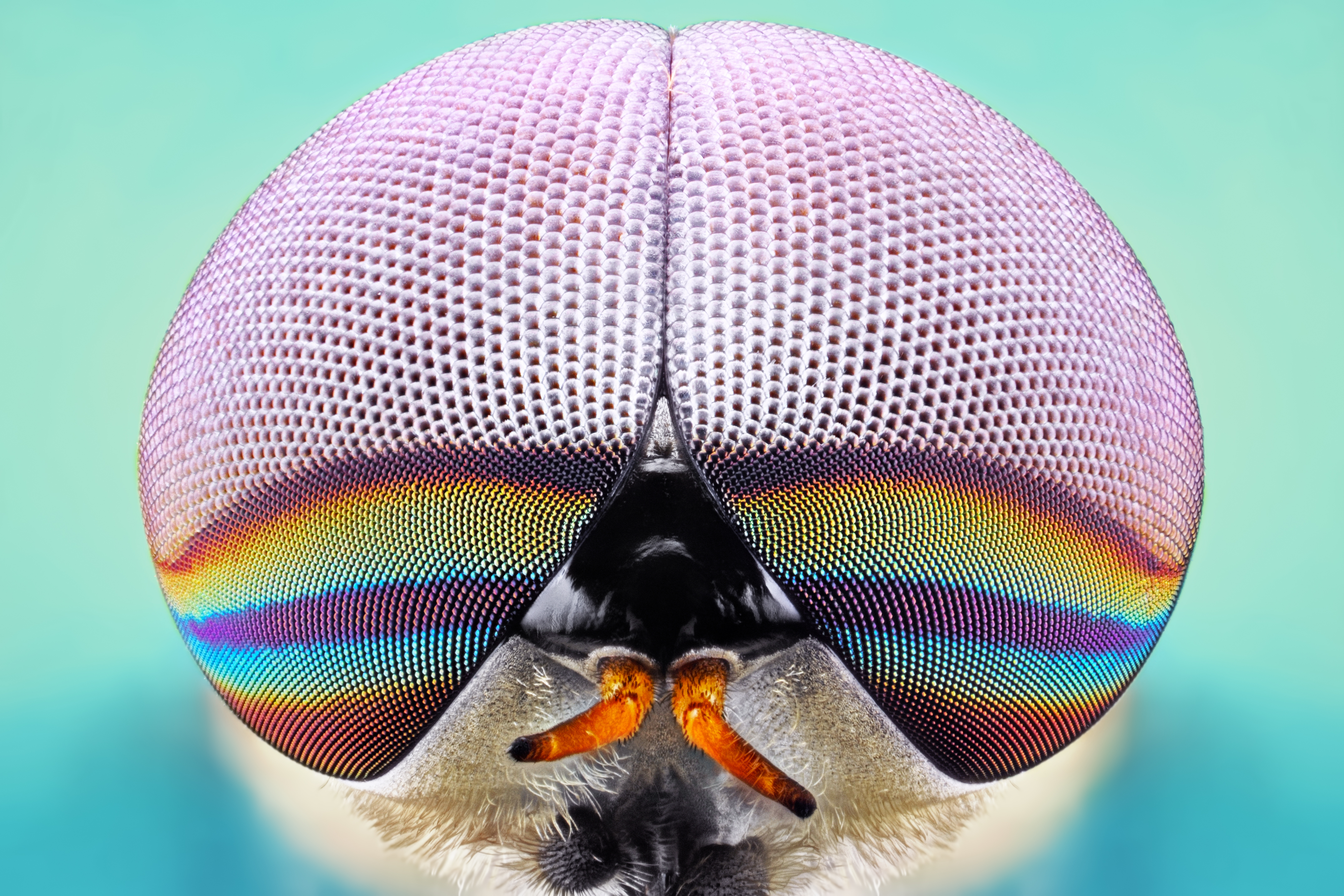 Dangerous beasts (and where to find them): Britain's animals that are best left alone
Dangerous beasts (and where to find them): Britain's animals that are best left aloneJohn Lewis-Stempel provides a miscellany of our otherwise benign land’s more fearsome critters.
